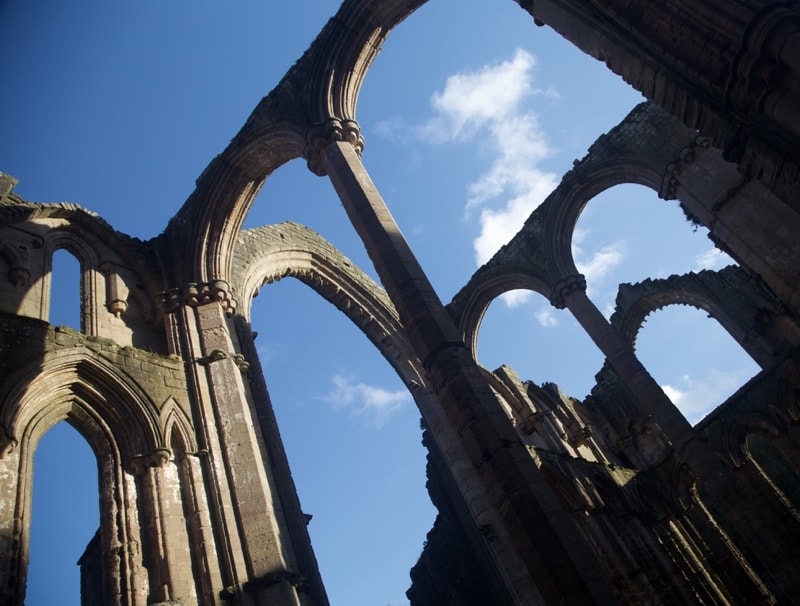Elliot has raised some pertinent questions about the continuing relevance of some basic Christian beliefs, given a narrative-historical understanding of the New Testament. They deserve a more substantial answer than I can provide right now, but here’s an outline of how I think we may manage the tension between continuity and change. A recent post on “A revised missional theology” covers some of the ground. You could also have a look at this three part series, though it may be a bit dated now: “The narrative-historical reading of the New Testament: what’s in it for me?”
This is how we traditionally debunk the Christmas traditions to get at what the story was really all about: there was no star the night Jesus was born; we do not know how many wise men there were; Joseph and Mary were not turned away from an inn; Jesus was not born in a stable (are we… ()
Paul asked me what I thought of his essay “The Biggest Fallacies About Religion and Politics” on Daily Kos. Paul, I think it’s a great essay, well worth reading. I agree with the general thesis that “Christianity” (for want of a better word) is always “political” (for want of a better word). But… ( | 2 comments)
I ended my last post agreeing in principle with Ian Paul that preachers need to take the historical dynamics of the biblical narrative seriously, but disagreeing over the scope of that contention. It is not history only insofar as it sets up the conditions for the existence and mission of the… ( | 7 comments)
Following on from the piece on Tucker Ferda’s attempt to disconnect the coming of the Son of Man from the war against Rome, I happened to come across Ian Paul’s post this week about the second coming (“or something else?”) in Luke 21. He covers a fair bit of ground, but I want to focus on his… ( | 3 comments)
I made some general comments on the relation of the coming of the Son of Man motif to historical events in my previous post on Tucker Ferda’s book Jesus and His Promised Second Coming: Jewish Eschatology and Christian Origins. I really don’t think he’s right to disconnect the disorder in… ( | 1 comment)
In an excellent interview on the Protestant Libertarian Podcast about his book Jesus and His Promised Second Coming: Jewish Eschatology and Christian Origins (2024), Tucker Ferda uses the expression “process eschatology” to register the fact that in Jewish apocalyptic writings the “end” is… ( | 6 comments)
I said I would come back to Matthew Thiessen’s “incoherent” account of Paul’s eschatology, so here we are. Chapter four of A Jewish Paul: The Messiah’s Herald to the Gentiles is about Paul the “End-Time Jew.” Thiessen begins: “Paul never wrote an autobiography. Why would he when he… ( | 1 comment)

Recent comments